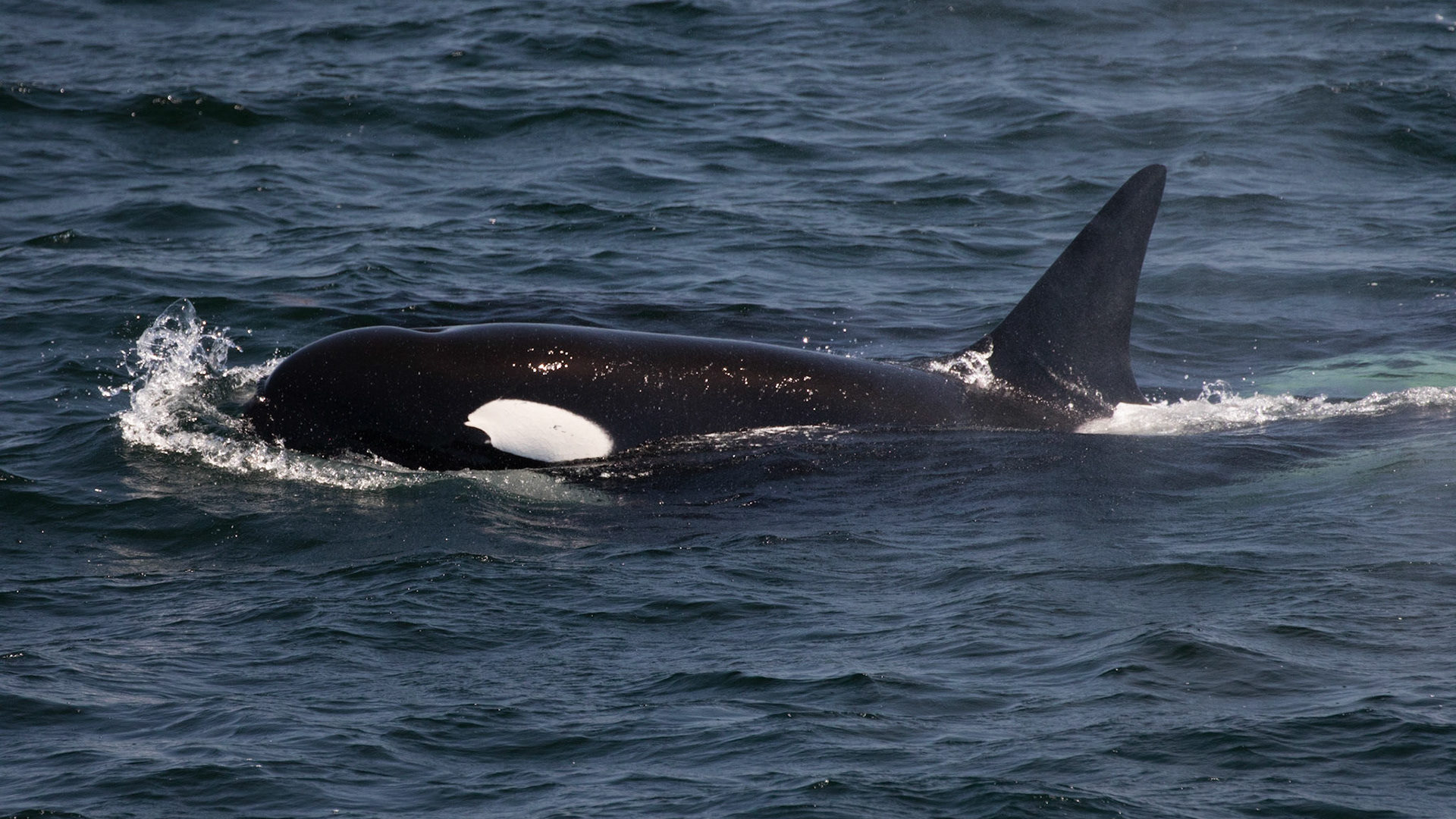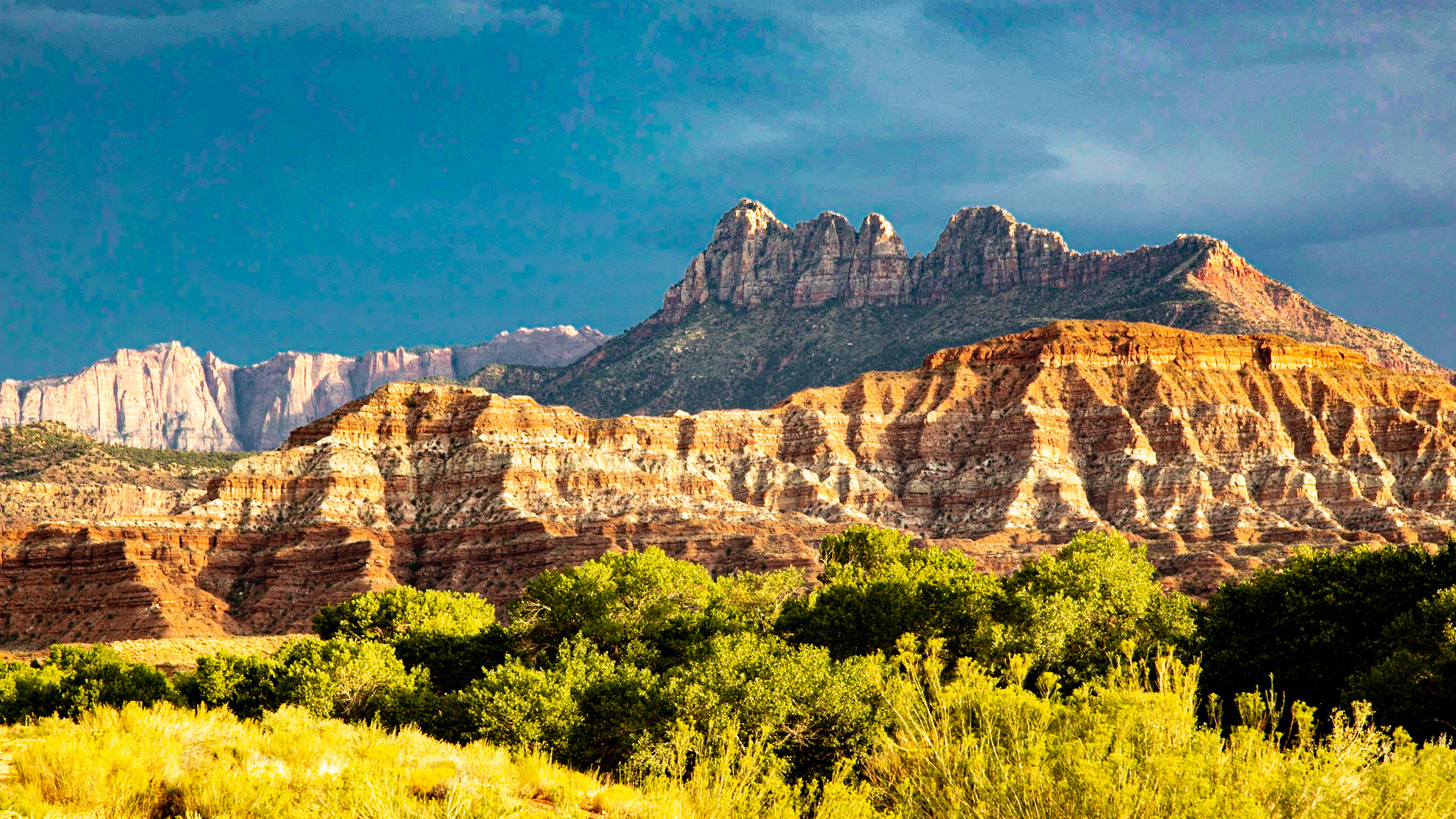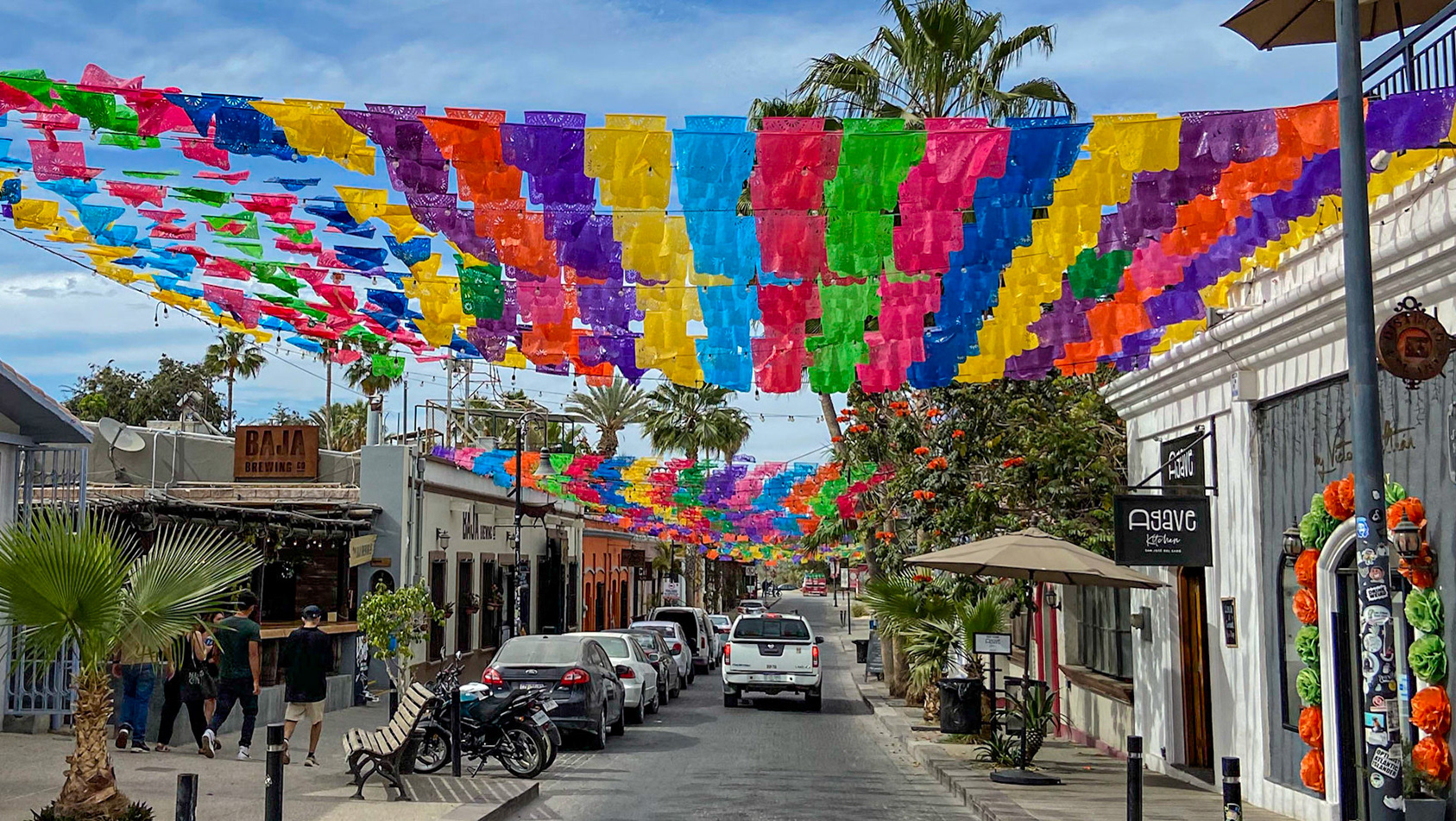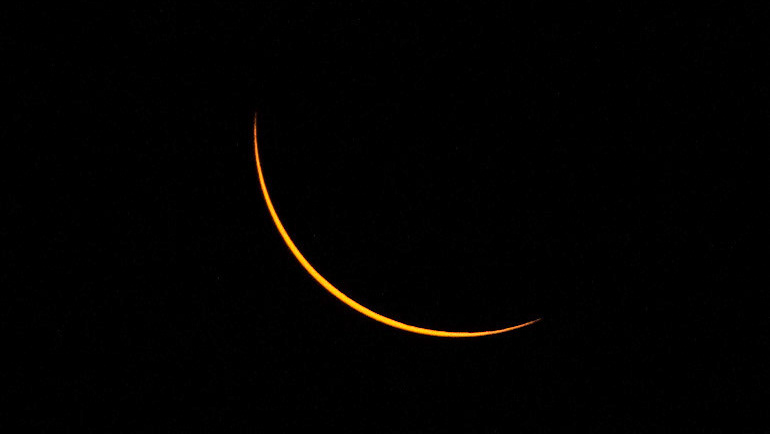
The hotel we’re staying at in London has a special “Royal Sabrage” ceremony where the sommelier removes the top of the champagne bottle with a Sabre. Here he’s just completed the removal— much to Anna’s amazement!

The National Geographic Explorer screws up London traffic Royally by leaving town at rush hour Wednesday evening. Tower Bridge has to open for us as we head slowly stern first down the Thames.

Our intrepid explorer prepares to leave the Western Hemisphere as we sail down the Thames at Greenwich.

A pair of gulls swoop over the nature reserve at Titchfield Haven in Hampshire on the south coast of England.

Fowey, Cornwall. The cream colored house with the blue shutters in the background is “Ferryview” the last home of Daphne du Maurier, author not only of Frenchman’s Creek, but also Rebecca, Jamaica Inn and my personal favorite, The Birds.

The small Cornish port of Fowey (pronounced Foy), longtime headquarters of privateers (English pirates given license by The Crown to prey on the French), and rivals of the Pirates of Penzance (just down the coast).

A golden pheasent in the Abbey Gardens on Tresco, in the Isles of Scilly.

The Lighthouse atop Bishop Rock, the extreme southwestern point of England. This island is the smallest in the world with a structure, and the lighthouse is the tallest in Britain (175’). In the days of the great ocean liners, the ships competed for The Blue Riband, awarded to the fastest westbound transatlantic crossing. The competition began here, at Bishop Rock, and concluded at the Ambrose Lightship in New York Harbor.

Unlike most of the rest of Ireland, Cobh is not an ancient place. It was known as Queenstown until 1922, and was the main British Royal Navy port in Ireland until the Republic gained independence (it’s now the main port for the Irish Navy, which is a rather smaller enterprise). St Colmans Cathedral dates from the mid-19th century, and was the site of memorial services for both the survivors of the Titanic and Lusitania disasters. Queenstown was Titanic’s last port of call before the iceberg, and the locals like to say “she was perfectly fine when she left here”.

This the the second expedition in a row where we are accompanied by some Grosvenor Fellows. Gil Grosvenor was the long time Chairman of the National Geographic Society (and the third generation of Grosvenor to run the Geographic). When Lindblad Expeditions and National Geographic announced their partnership 15 years ago, Sven Lindblad gave a cabin on each of his ships to Gil, not expecting that Gil would ever use the cabin, but that the space would be used to transport teachers to the far ends of the earth. Gil Grosvenor’s great passion is education, especially geography education, so each year the National Geographic Society names 40 elementary school teachers from North America as Grosvenor Teacher Fellows, and they each take an expedition on one of the Lindblad ships. These folks are the most energetic, passionate people you’d ever meet. They eat these trips up—they have scientific projects they undertake, they make videos for their students, and they return home to inspire another generation of students to learn about the world. It is truly an honor to speak with them, and Anna and I take every opportunity to seek them out during the voyage. One of the Fellows carries around a little stuffed Gnome, as the symbol of her classroom (like Flat Stanley, for those who remember that), and she takes a picture of this little guy in every situation we encounter. Here he sits atop a sliotar the ball used in hurling. I poached the scene for my own picture.

Our intrepid explorer holds a hurling stick, known in Irish as a camán. It’s made of ash, so it’s quite light, but very hard. It is expected that hurlers will take a blow or two from one of these every match. With no padding.

The county boys and girls give us a demonstration of Hurling.

Cobh/Queenstown was the major port for Irish emigration to North America. Almost 3 million of the 6 million Irish emigres left the island from Cobh. About 100 million people around the world today claim Irish ancestry—the current population of the Republic is less than 5 million (and we’ll hear this story again when we get to Scotland).

Little Skellig Island off the southwest point of Ireland. The white is not snow, or even (as we first thought) guano (bird crap)—it’s birds. More than 150,000 pairs of northern gannets nest on Little Skellig.

Northern Gannett (Morus bassanus), off the Skellig Islands, County Kerry, Ireland.

Valentia Island, County Kerry.

Dingle Bay, County Kerry.

Inishmore, the largest of the Aran Islands in County Galway.

8th century church ruins.

An arch at the base of the Cliffs of Moher, County Clare.

Digging up the peat.

The National Geographic Explorer became the first passenger ship ever to visit the Island of Arranmore, County Donegal, population 512. So I wasn’t too surprised when this girl came running down the road toward us. Meeting us is a once in a lifetime experience, right?

Nope, wrong. She had other priorities.

The National Geographic Explorer arrives in Scotland (and says goodbye to the sunshine of Ireland). We’re on the island of Staffa in the Inner Hebrides.

Our fearless explorer trods the basaltic cliffs of Staffa in search of the elusive atlantic puffin.

Staffa’s claim to fame (other then the elusive Puffin) is its formations of columnar basalt. Basalt is a volcanic (igneous) rock that can take on many forms depending on its chemical composition and the conditions under which it forms.

The center of Celtic Christianity. Iona, Scotland.

There remains a significant spiritual community on Iona to this day. Anna has any number of books, music CDs and web sites devoted to the religious life on this wild Scottish island. And then there are the Highland Cattle.

St Kilda, a place that describes itself as The Edge of the World.

The Ghosts of St Kilda. Brought to you by the Revs. Mackenzie and Mackay.

Isle of Lewis in the Outer Hebrides, home to the Callanish Stones, a huge late stone age monument

Current theory says that some megaliths (big rock structures) were built as solar calculators (Stonehenge), but Callanish seems to have been built as a lunar calculator.

Of a cottage on the shore Of a dark Scottish lake Many Miles Away Loch Ceann Hulabhig, Isle of Lewis

Foula, in the Shetland Islands, population 35.

The Haar was certainly thick over Foula this morning

Well, it took until the very last outing of our very last expedition day, but the elusive puffin has finally made an appearance.

Today the North Sea is just a mirror for the fulmars.

We end one trip and begin another in Bergen, Norway. The little ship (white with blue bottom) is the National Geographic Explorer, our home for the past two weeks. We now switch to the Hurtigruten ferry for our trip up the Norwegian coast.

Our intrepid (and very wet) explorer reaches the mighty Kjosfossen, an 800' high waterfall in central Norway.

We’ve seen our last sunset for about a week. We head into the Land of the Midnight Sun (onboard the MS Midnatsol) and won’t see the sunset until Monday.

Our intrepid explorer (and birthday girl) crosses the Arctic Circle for the second year in a row. The island of Landegode Norway in the background. We’re headed for the North Cape of Norway at 71 N

We rode up on the plateau between two fjords through a very cold rainstorm to visit the Sami, the indigenous people of northern Scandinavia

We were met by a young woman and her boyfriend, who represent the spectrum of modern Sami life. He’s a reindeer herder, she’s a cultural ambassador with a degree in economics—so during the day she works in a bank, and in the evening she explains Sami culture to tourists

So we go on this trip to Arctic Norway and don’t establish a new Furthest North (we got to 71° this year, but almost to 79° last year off Greenland). We do, however, establish a new Furthest East (31° east longitude, the same meridian Michael Palin used for his BBC documentary, Pole to Pole)—we’re now as far east as Cairo, further east than Istanbul (our previous record). And speaking of the Palins, move over Sarah, because I Can See Russia from My Bus! This is the Russia-Norway border outside of Kirkenes, Norway, about 200 km from Murmansk.

The Hurtigruten is both a cruise line and a ferry service. The ships run up and down the length of the Norwegian coast every day, stopping a ports large and small (well, at ports small and smaller). A lot of these towns are very tiny, and the arrival of the Hurtigruten is like when the circus arrived in the old prairie towns..

People just come out to enjoy the show.

White gold. Frozen Norwegian fish waiting to be shipped out.

We’ve had rain pretty much everyday in Norway, so it’s only fitting that we finally saw a rainbow.

A Soviet memorial to the 10,000 POWs killed by the Nazis in Trondenes, Norway during WWII.

Raftsundet, Nordland.

Eurasian white-tailed eagle, or "Sea Eagle" in Norway. Much bigger than the American version.

Torghatten in Brønnøy, Norway. The mountain is about 900 feet high, and has 100 x 70 foot hole through the middle of it.

Today, Trondheim is Norway’s third largest (“but nicest”) city. But at one time it was the “Amsterdam of the North” with warehouses lining the riverbank, full of stockfish (dried cod) heading south and merchandise of all types heading north.

Nidaros Cathedral is the northernmost medieval church in the world. It’s also the largest church in northern Europe.

Our intrepid explorers finally get to experience some summer sunshine in Lillehammer (home of the 1994 Olympic Winter Games). (Spoiler alert: the sunshine didn’t last).

Heddal Stave Church in Bydetun, Norway. This is the largest of the 27 remaining stave churches in Norway, and dates from about 1260.

The Opera House in Oslo looks like a glacier tumbling into the Oslofjord.

It’s not the Midnight Sun, but it is home. Six weeks, six countries, two ships and more smoked fish than I care to remember.
































































